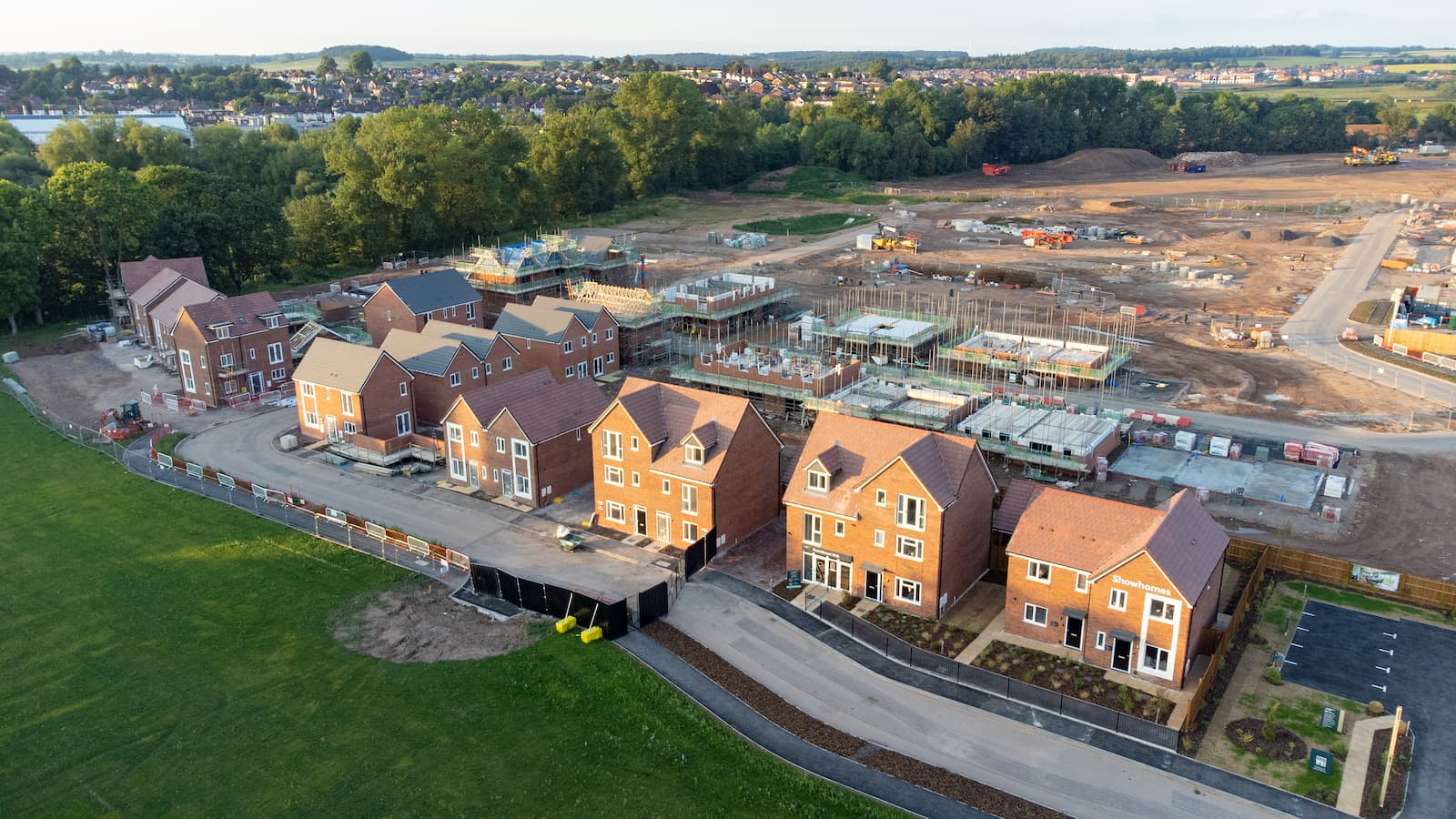Home Builder's Federation quashes Government's claim that it has met homebuilding target
The government's claim that it has met its manifesto pledge to build one million homes has been refuted by a key industry body

The Home Builder's Federation has criticised the Government's claim that they have built one million homes since 2019, saying their data is inaccurate.
The Conservatives said they met their 2019 manifesto housebuilding pledge, using their own estimates for those building houses.
However, these figures have been refuted by the Home Builder's Federation which instead claim the Government is "aware of the inaccuracy" of the figures they have used but have decided to publish them anyway.
How many new houses do the government claim they built?
The government recently announced that it had built 1,001,000 net additional homes since the start of Parliament on 17 December 2019, up to 19 May 2024.
This was announced shortly after the announcement of the general election in a report entitled 'Measuring progress towards one million homes'.
In 2019-20 there were 248,591 "net additional dwellings", then 217,754 in 2020-21 and in 2021-22 and 2022-23 the figures were just under 235,000 a year totalling 747,380 homes.
Then between 1 April 2023 and 19 May 2024 253,000 homes were claimed to have been built.
Get the Homebuilding & Renovating Newsletter
Bring your dream home to life with expert advice, how to guides and design inspiration. Sign up for our newsletter and get two free tickets to a Homebuilding & Renovating Show near you.
How are the number of new houses calculated?
"Net additional dwellings" are used to identify how many new houses are being built.
Net additional dwellings include:
- New house building completions
- Gains or losses through conversions (for example, a house into flats)
- Changes of use (for example, a shop into a house or a barn conversion)
- Demolitions
As the figures for 2023-2024 have yet to be calculated these were determined by using quarterly and weekly EPC lodgements adjusted for estimated demolitions, an additional 253,000 net homes were estimated to have been added to the 747,380 figure.
HBF claims Government figures are 'inaccurate'
The use of net additional dwellings and overall government figures used in this latest estimate by the government has drawn criticism from the Home Builder's Federation (HBF) who have questioned its accuracy.
They labelled the data as "retrospective" and only reflecting a "historic snapshot" and rather than current market conditions and claimed that net additional dwellings overinflates figures
Commenting on the latest figures, David O'Leary Executive Director of the HBF, said: "This data clearly does not provide a clear picture of what is actually happening in the industry and the market today.
"The figures do provide a picture of housing delivery at a local authority level. But beyond that there is no further granularity in terms of whether the new homes are flats or houses, their tenure or the type of developer responsible."
He concluded: "[The] Government remains aware of the inaccuracy of the numbers but continues to publish them on the grounds that the dataset goes back to the Second World War and can supposedly be used to decipher trends."
Either way until the latest figures are produced it will remain unclear exactly how many new houses were built under the Conservatives since 2019.

News Editor Joseph has previously written for Today’s Media and Chambers & Partners, focusing on news for conveyancers and industry professionals. Joseph has just started his own self build project, building his own home on his family’s farm with planning permission for a timber frame, three-bedroom house in a one-acre field. The foundation work has already begun and he hopes to have the home built in the next year. Prior to this he renovated his family's home as well as doing several DIY projects, including installing a shower, building sheds, and livestock fences and shelters for the farm’s animals. Outside of homebuilding, Joseph loves rugby and has written for Rugby World, the world’s largest rugby magazine.
